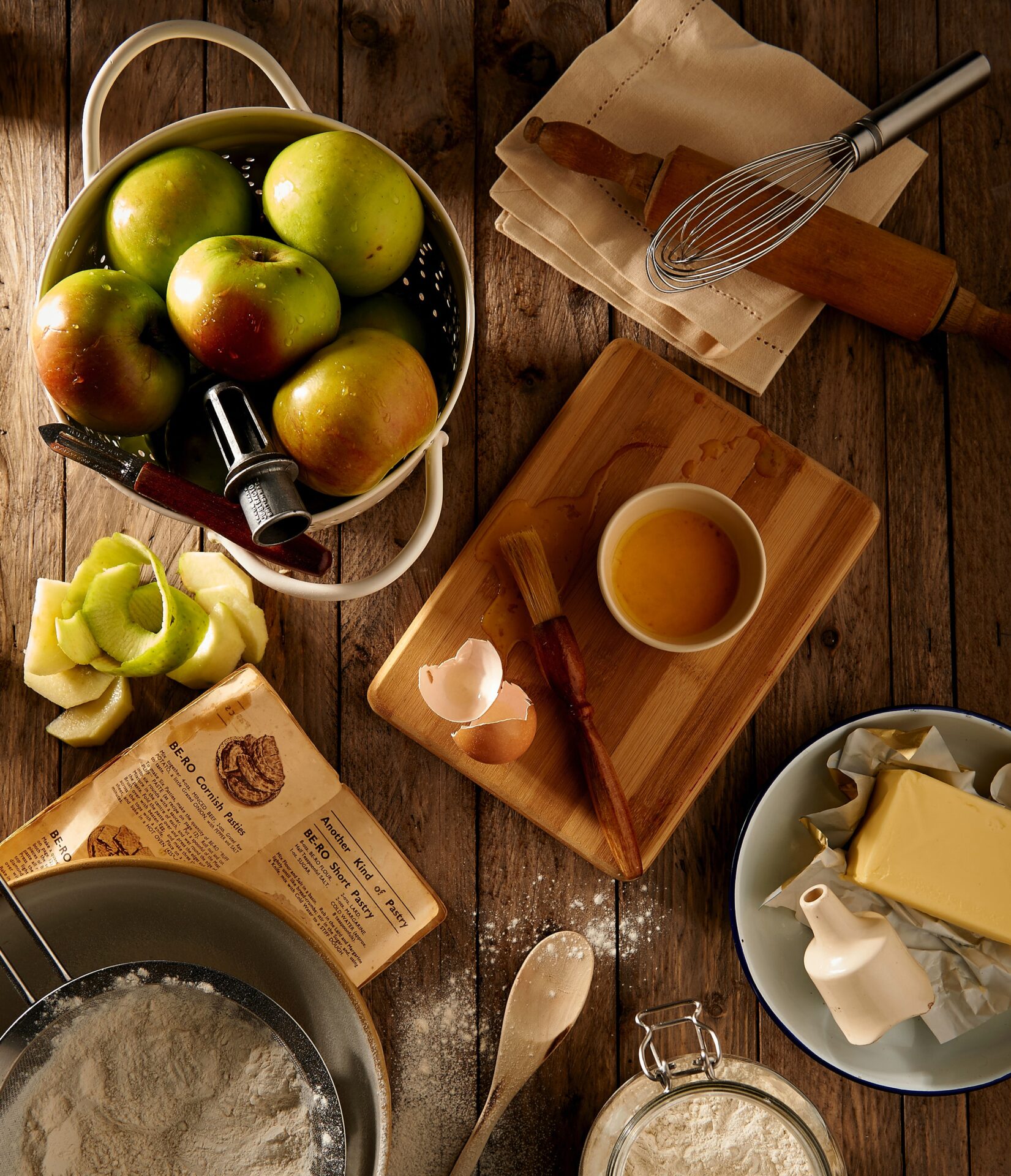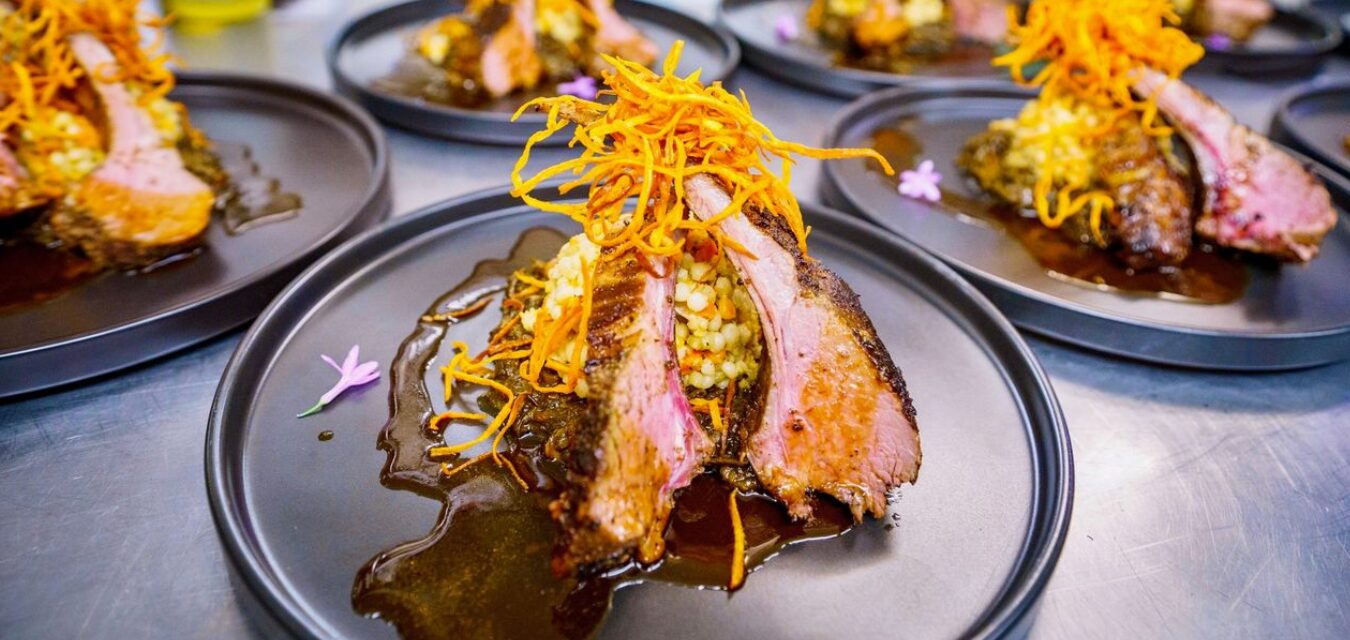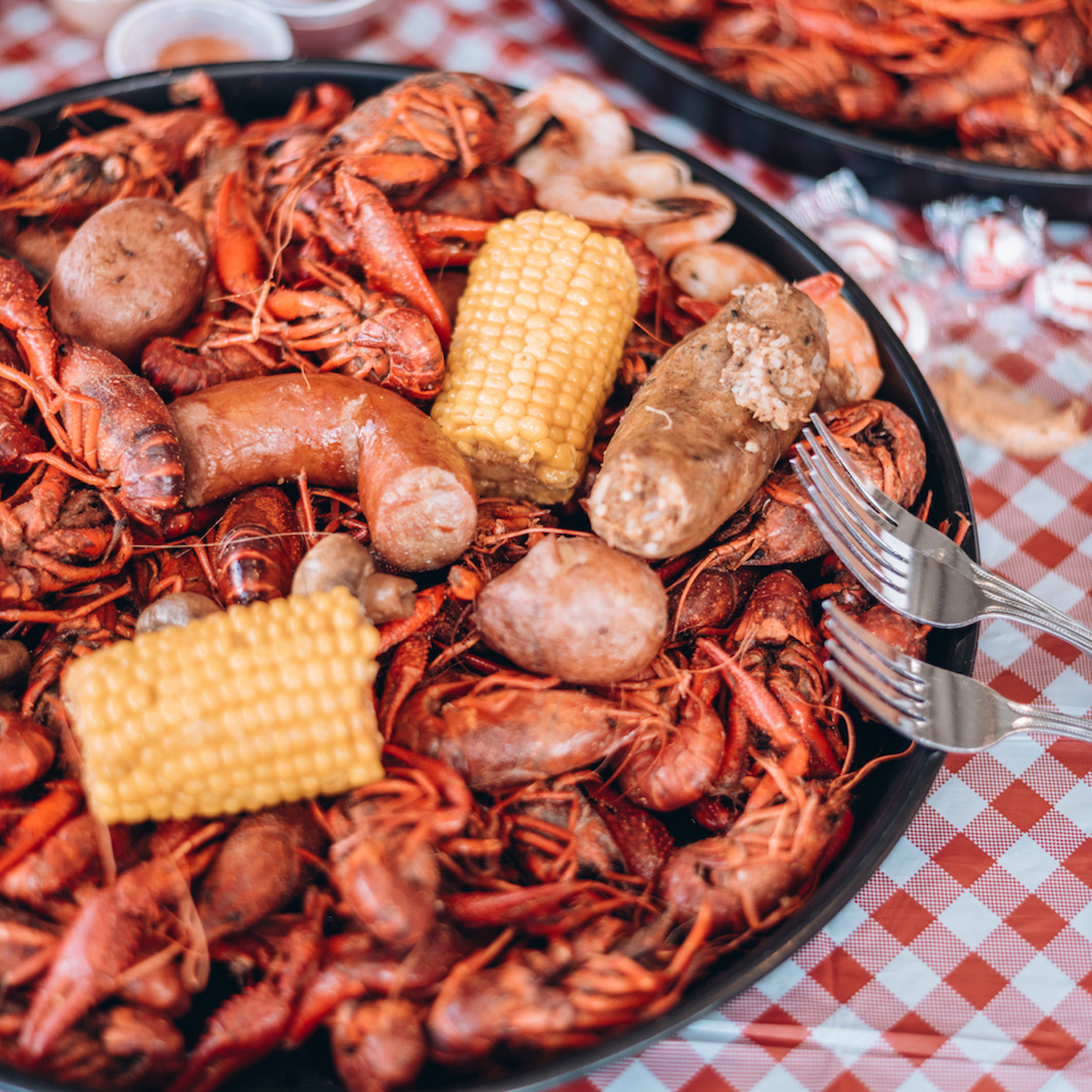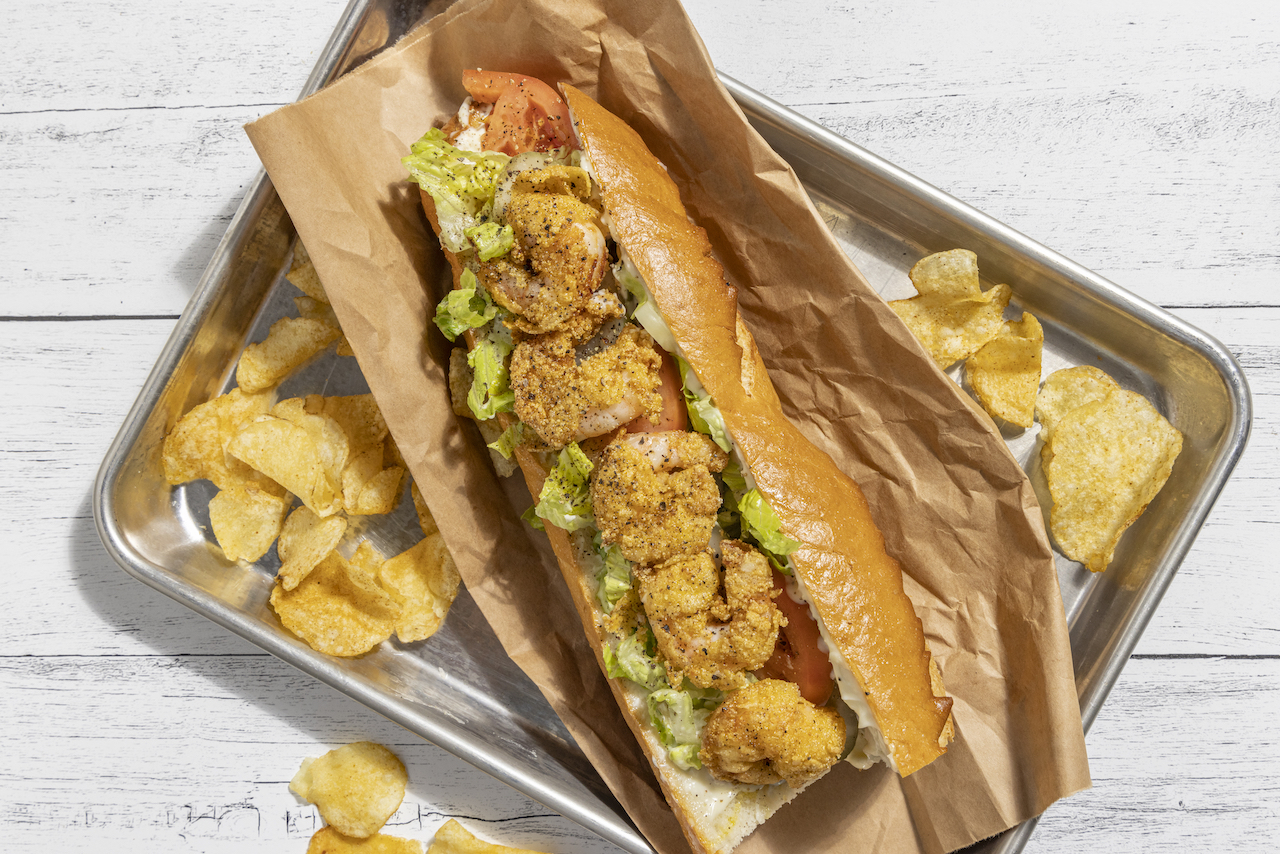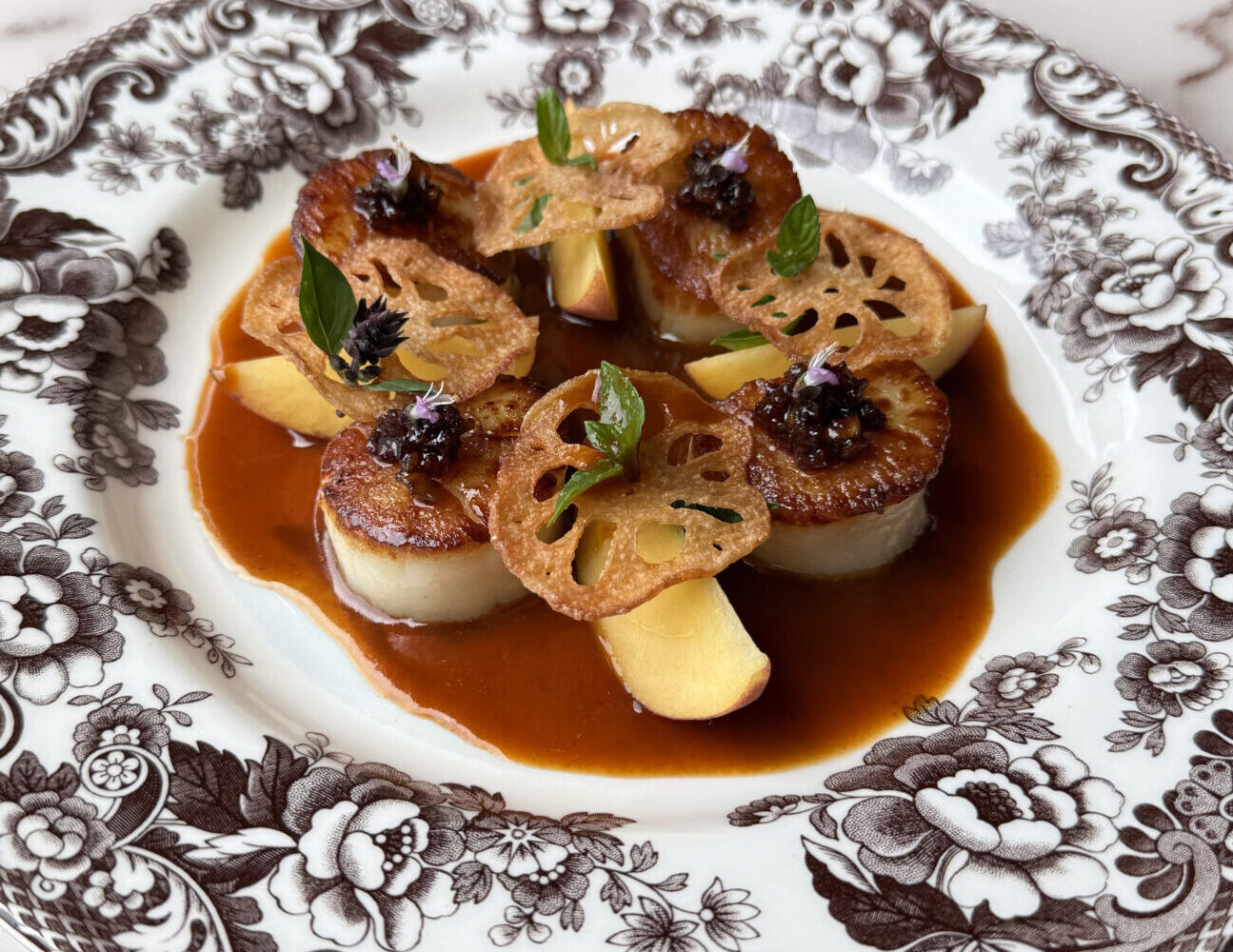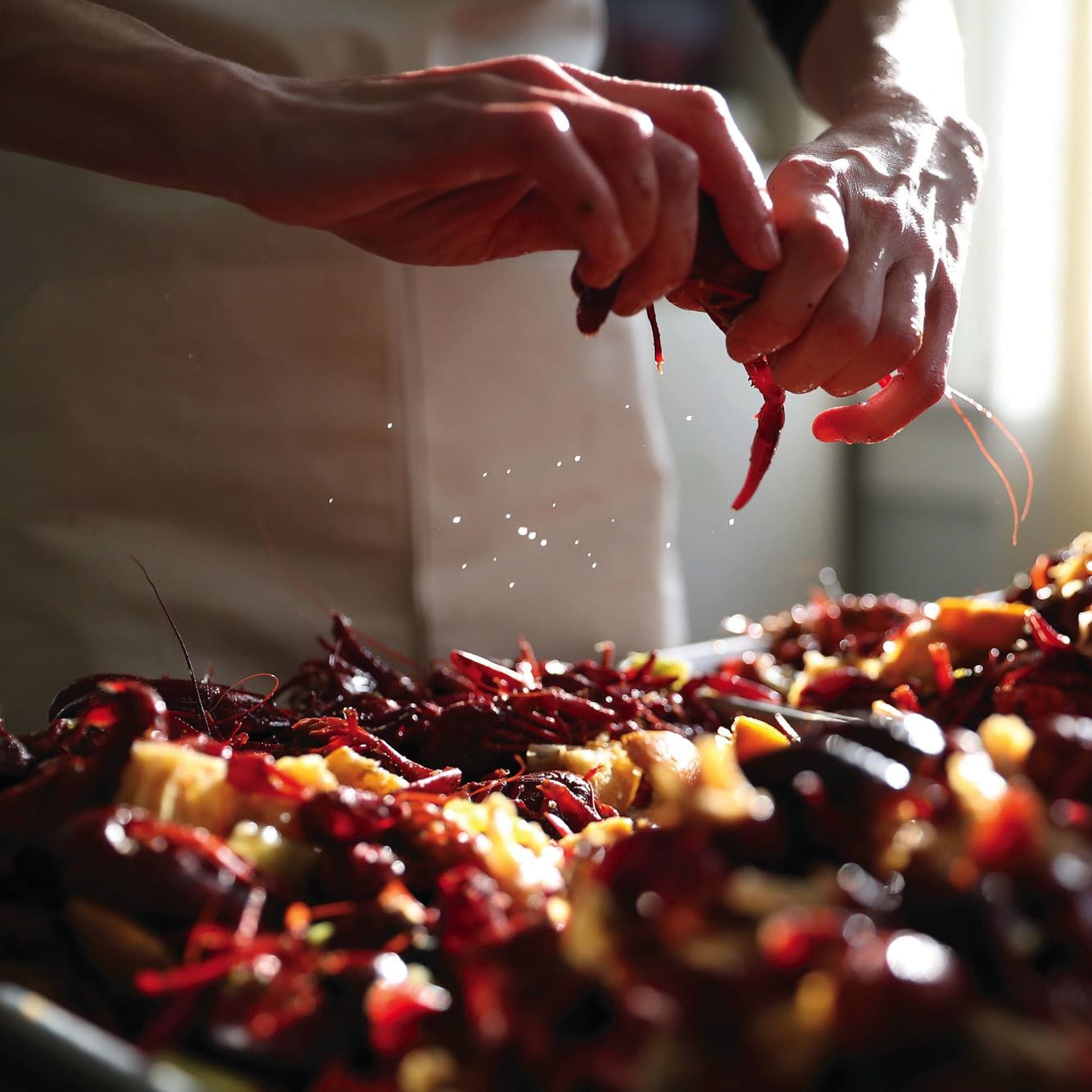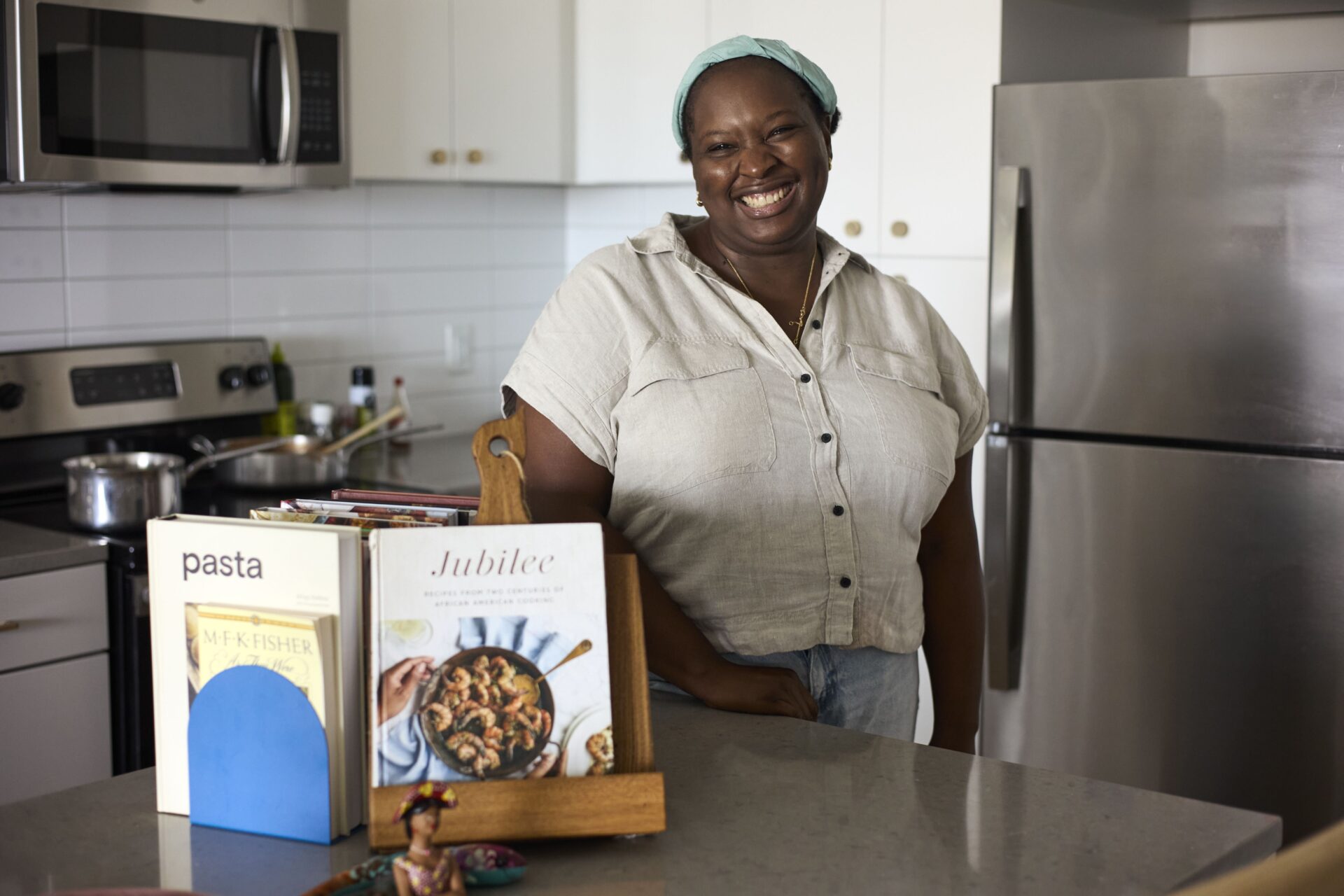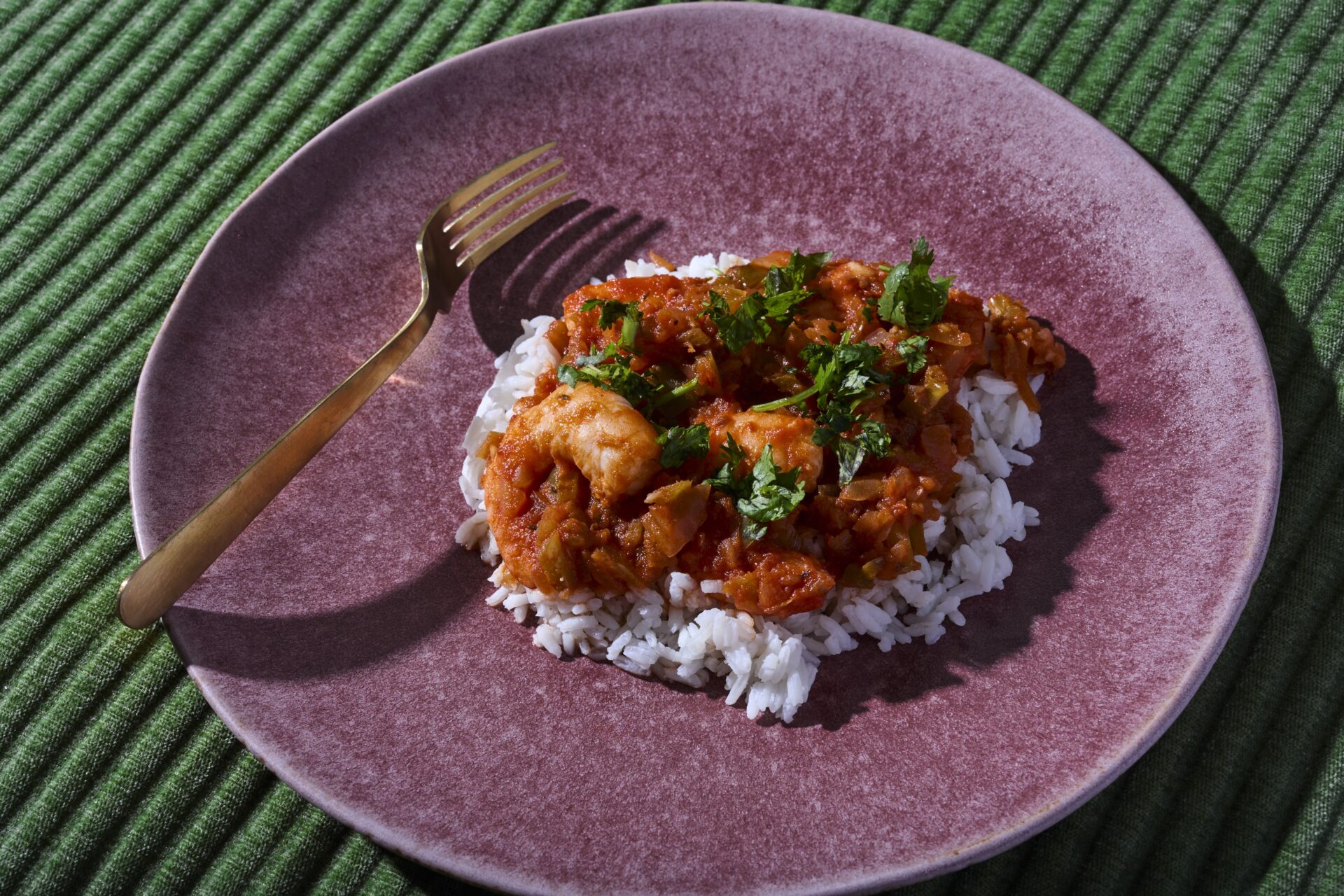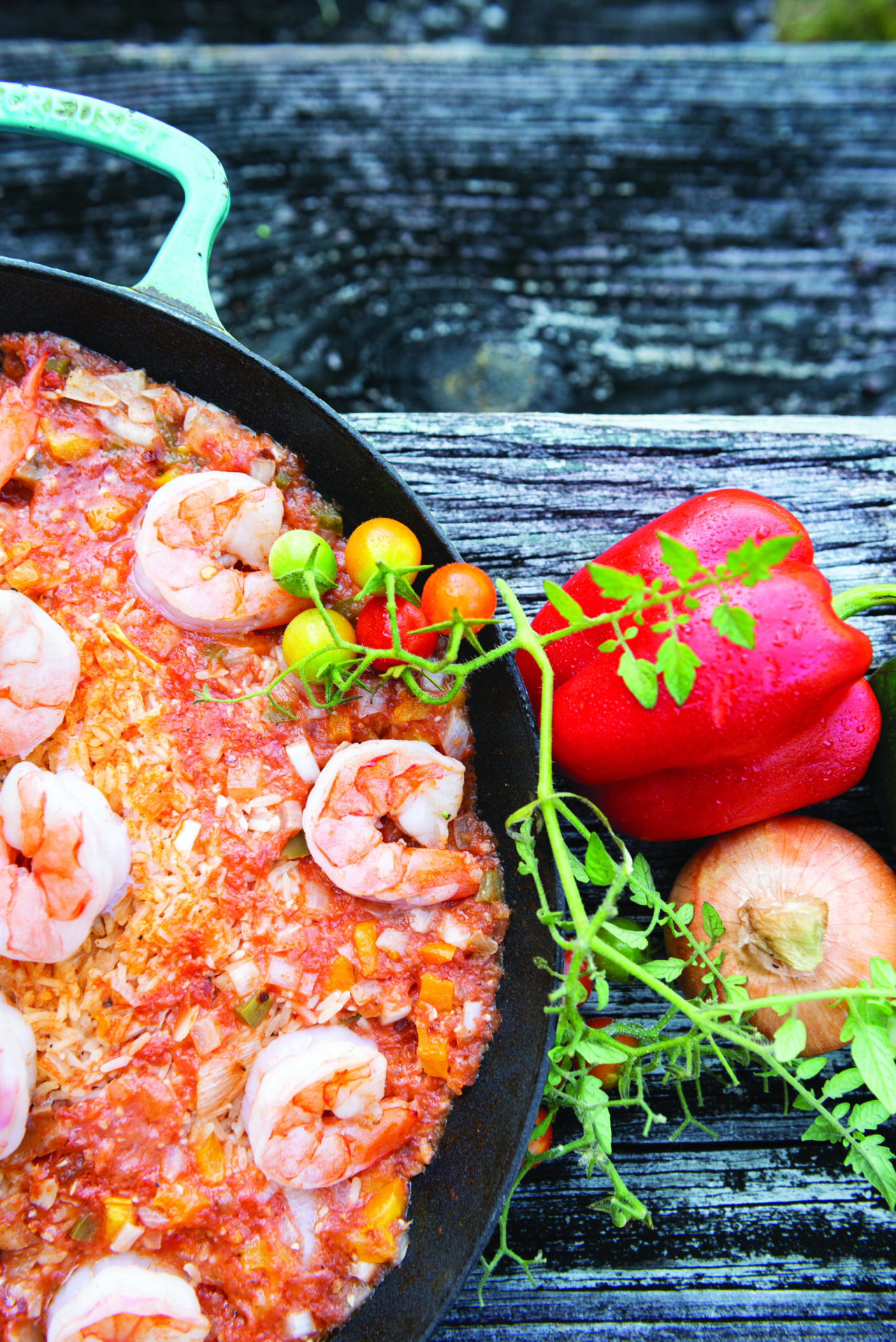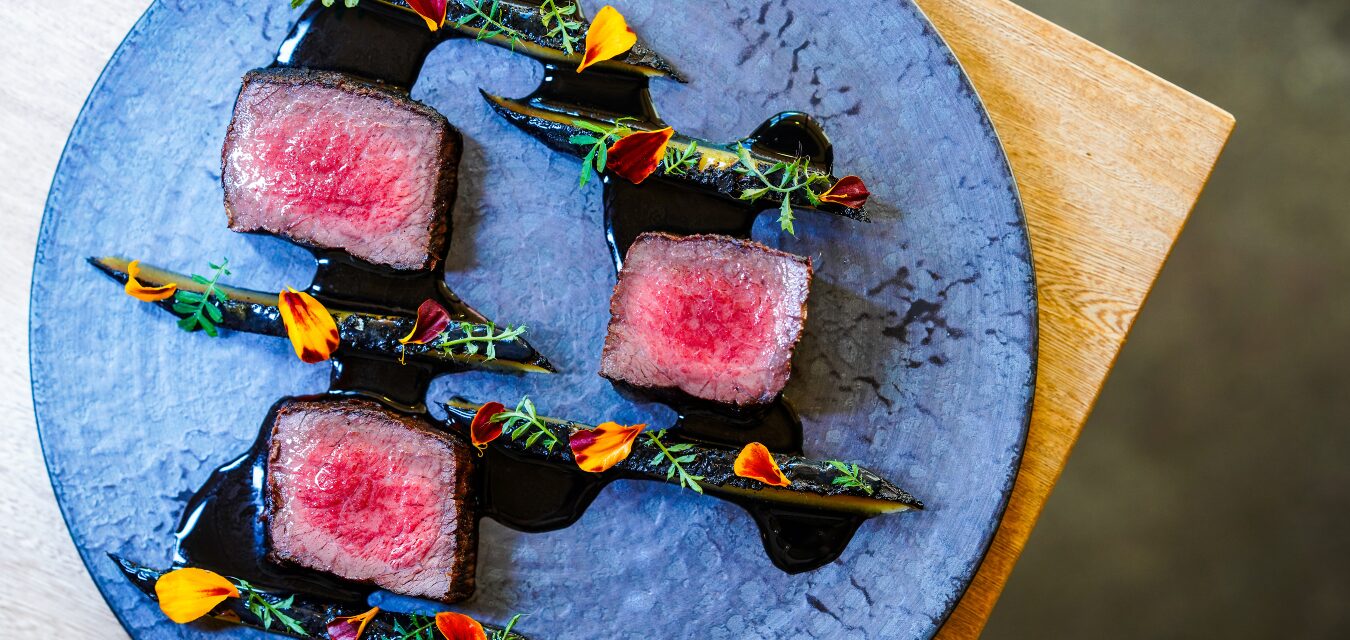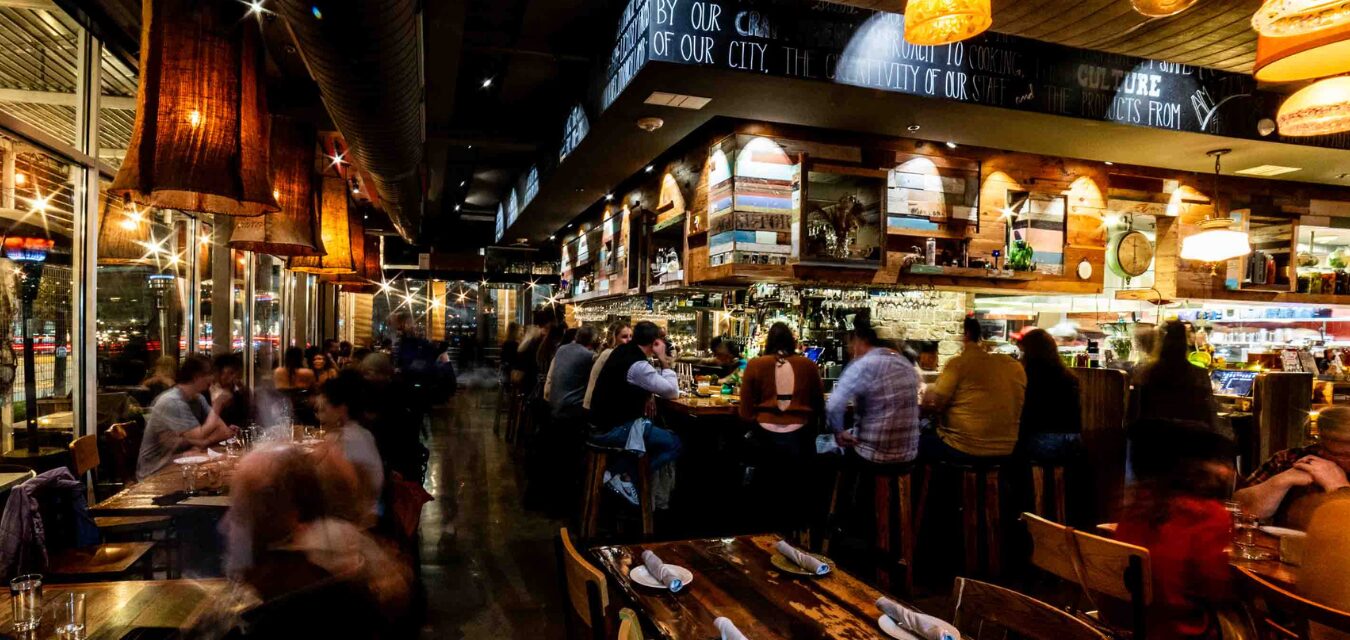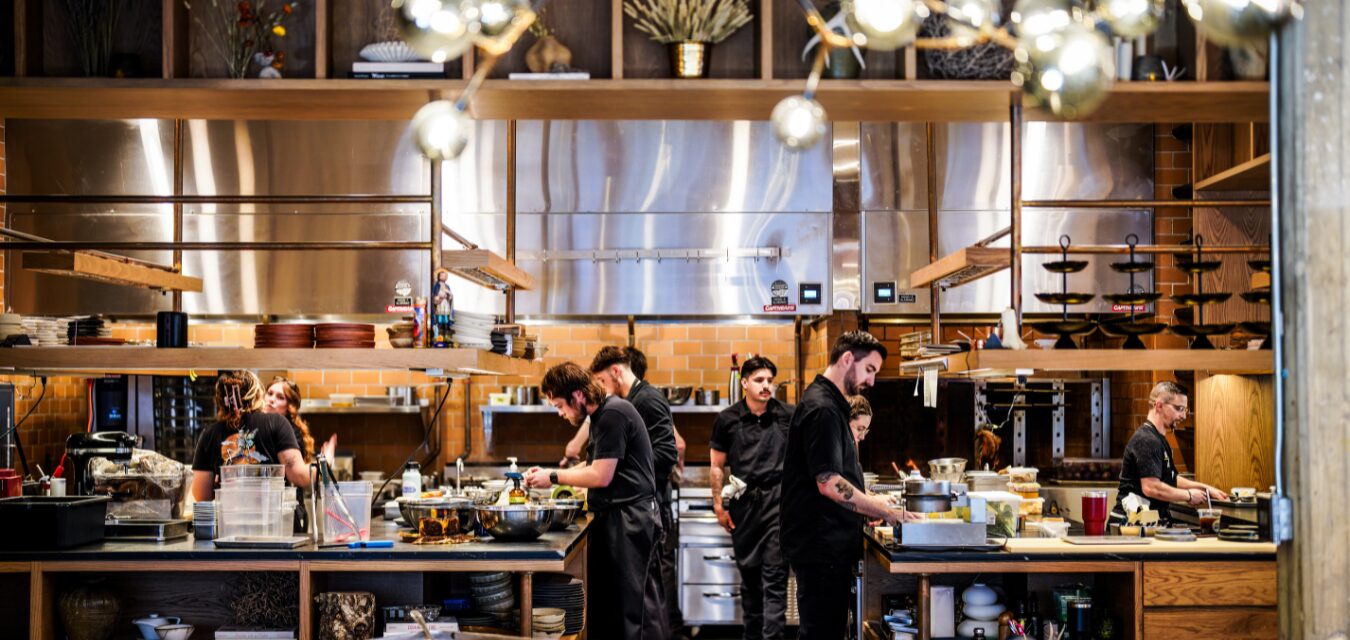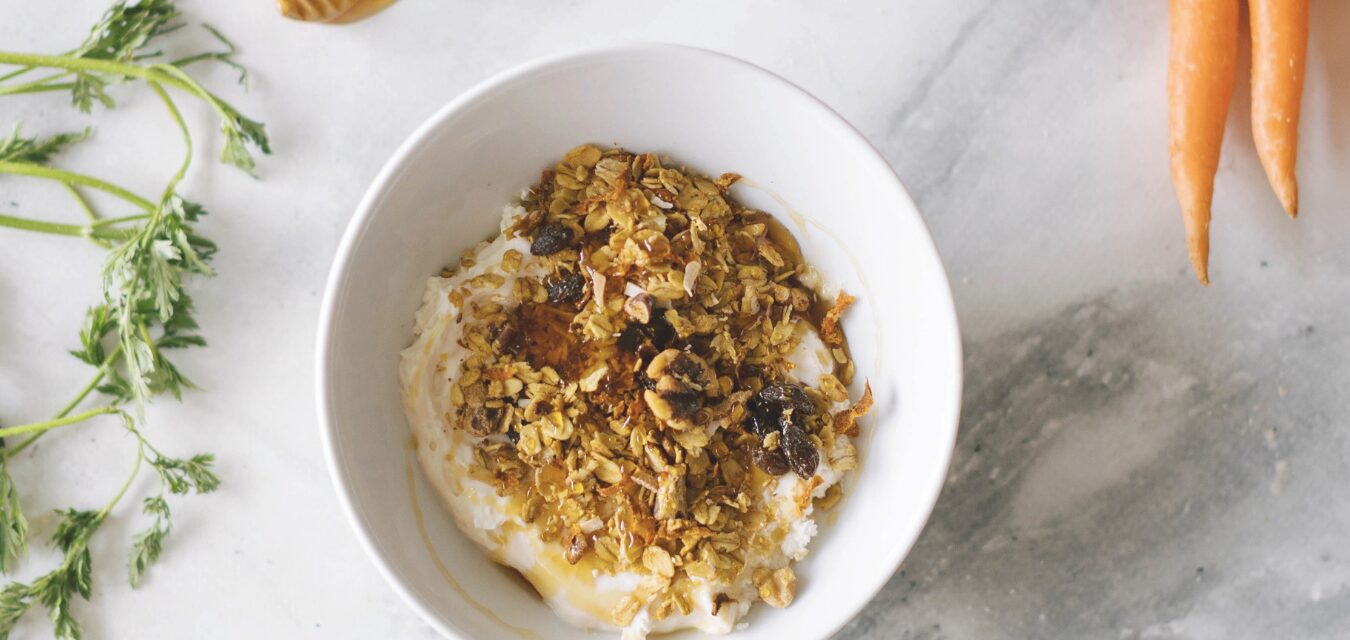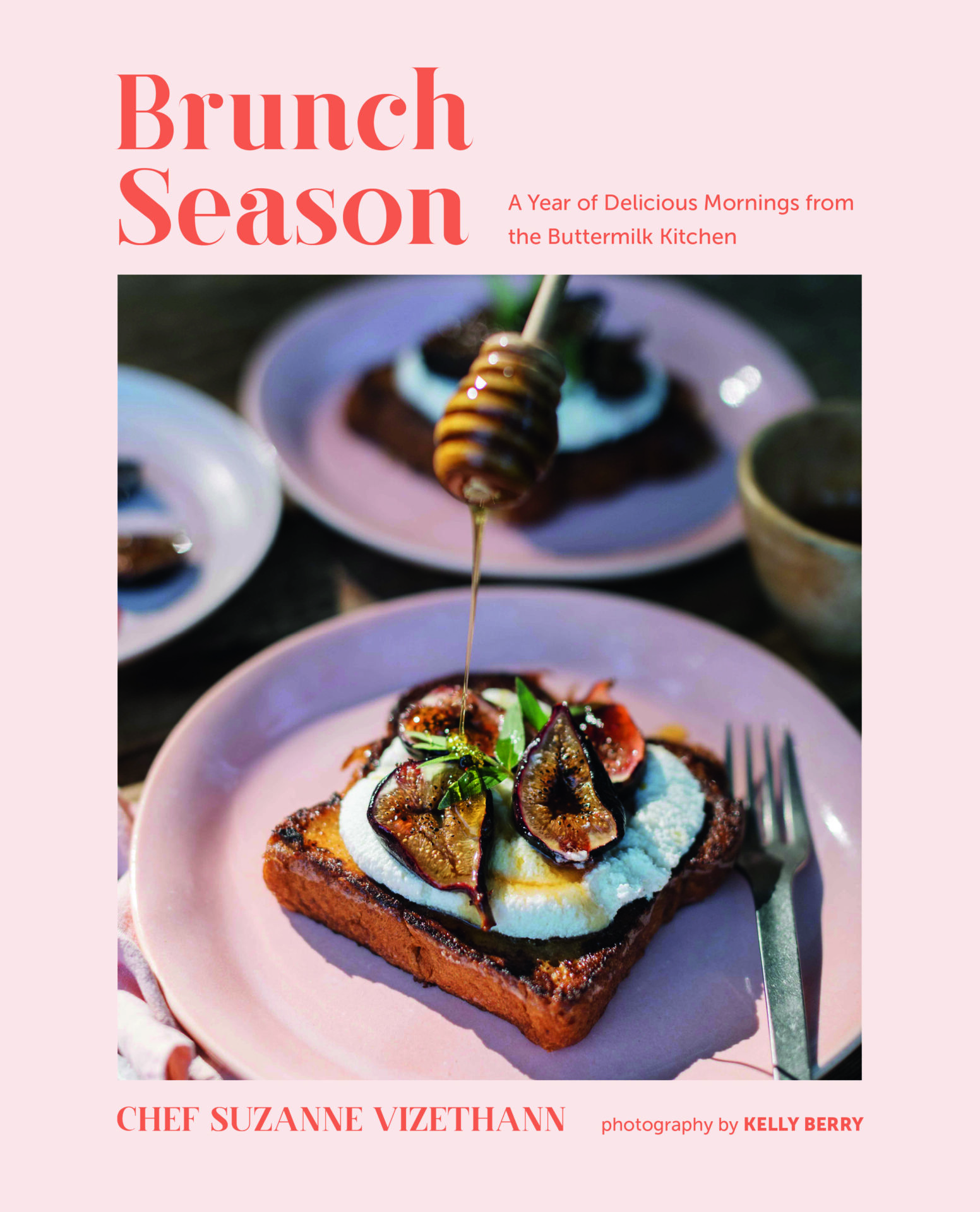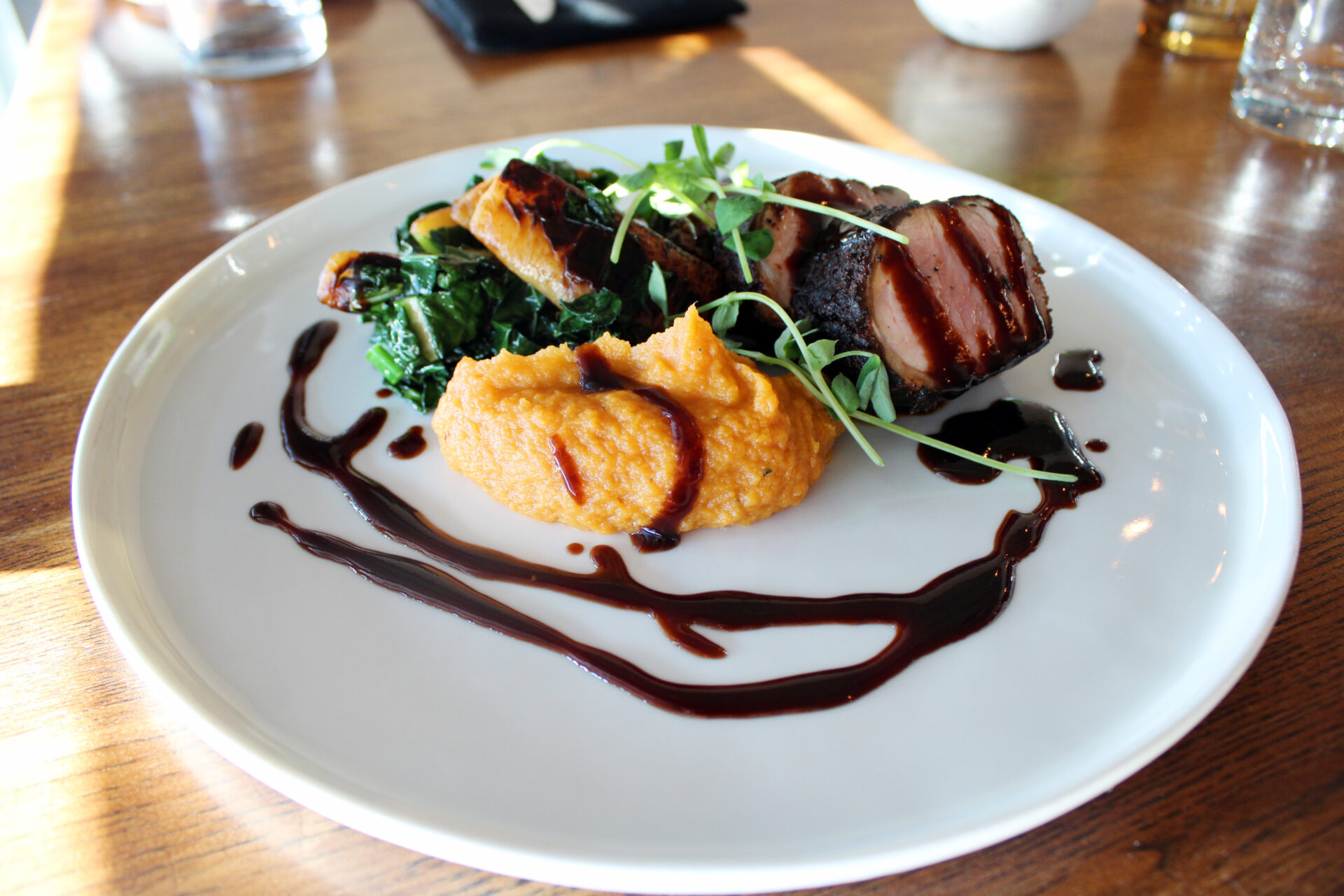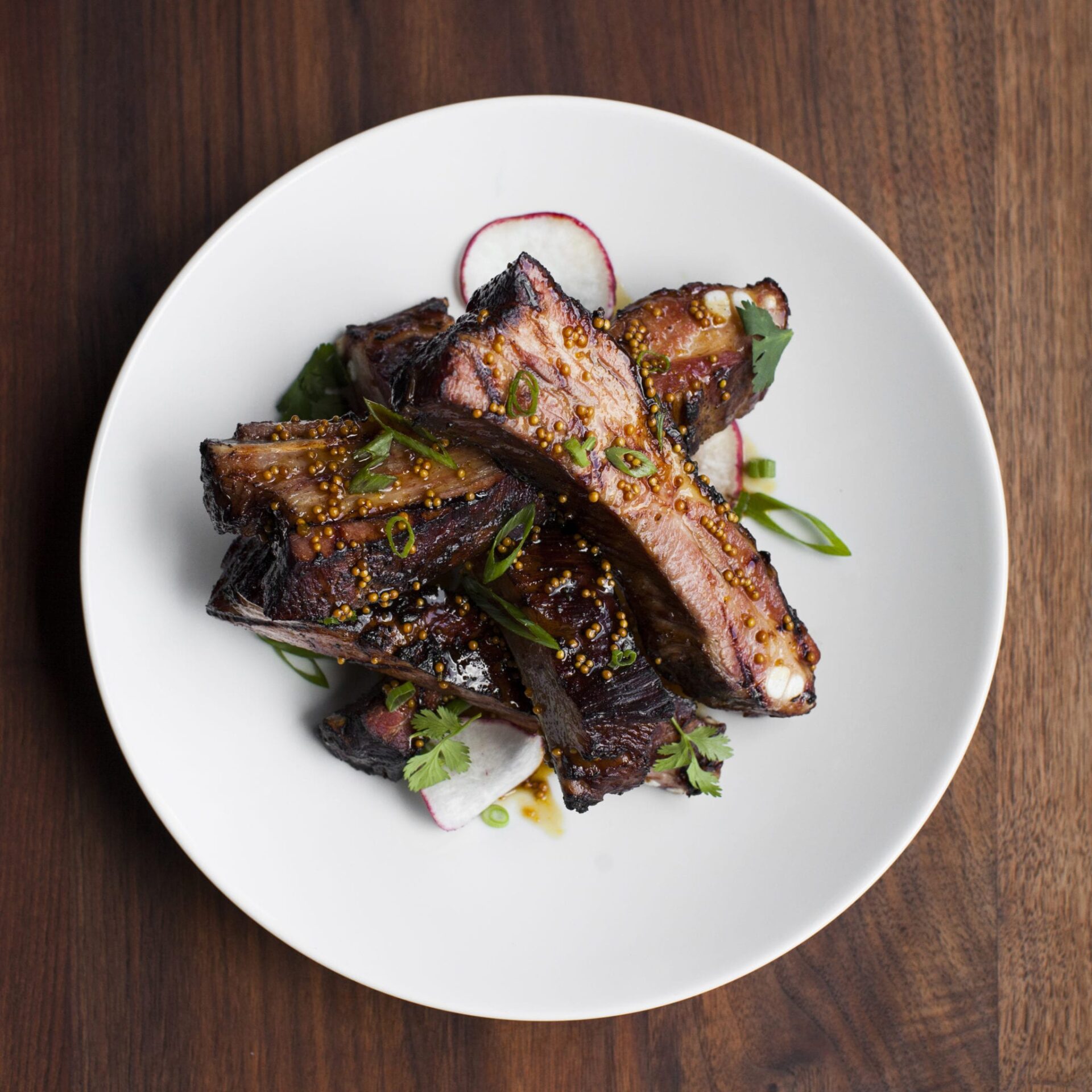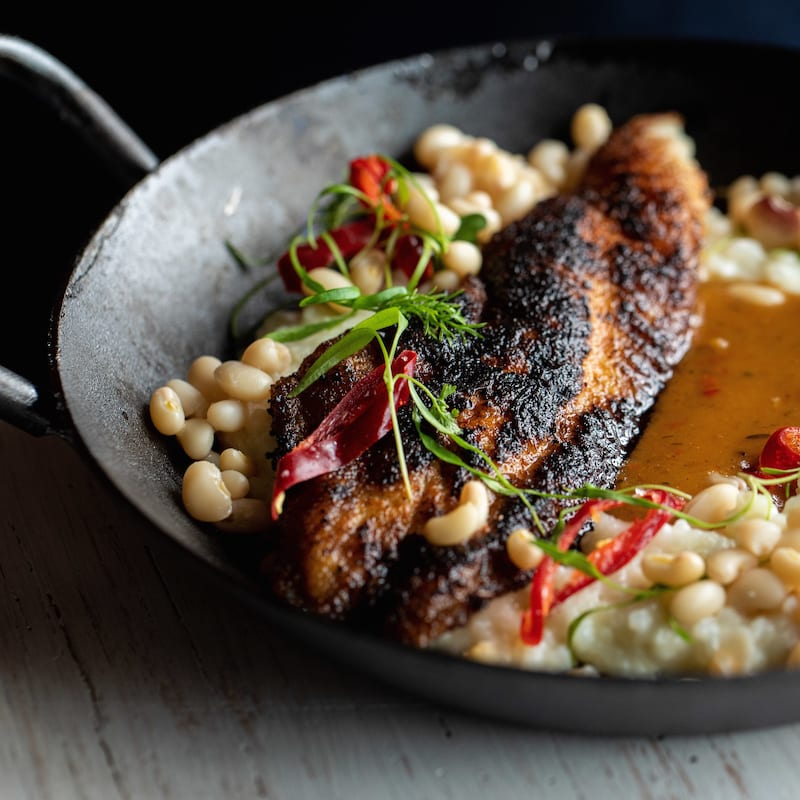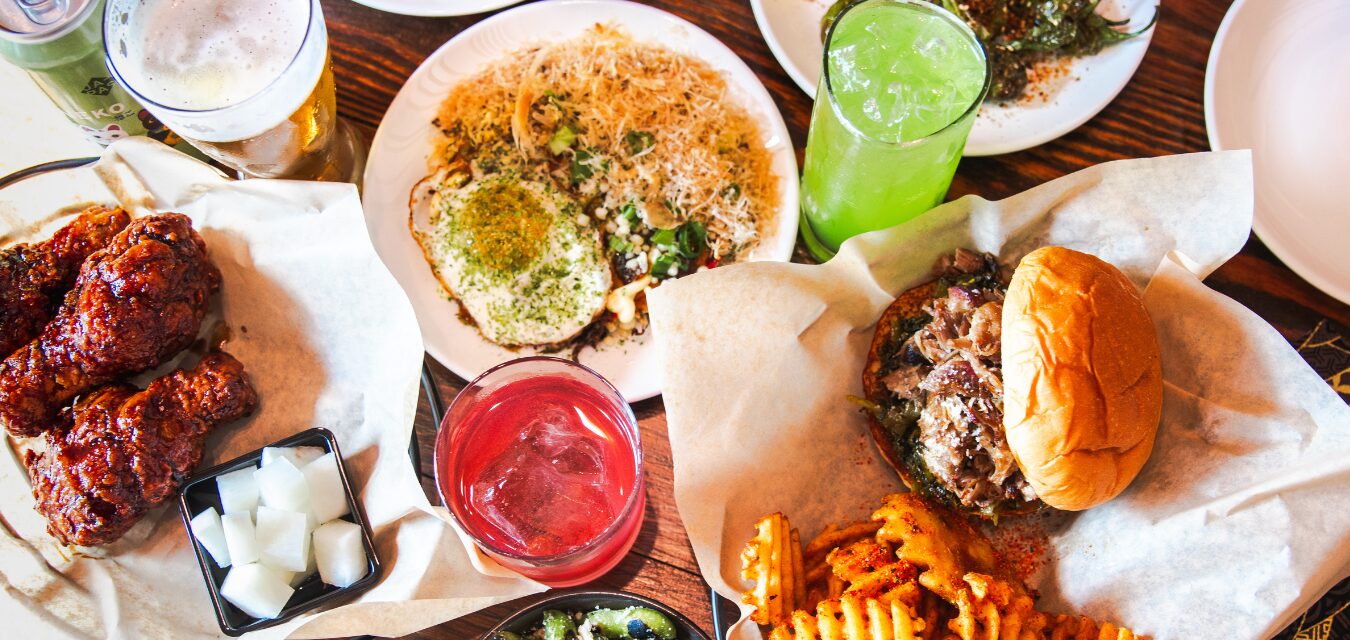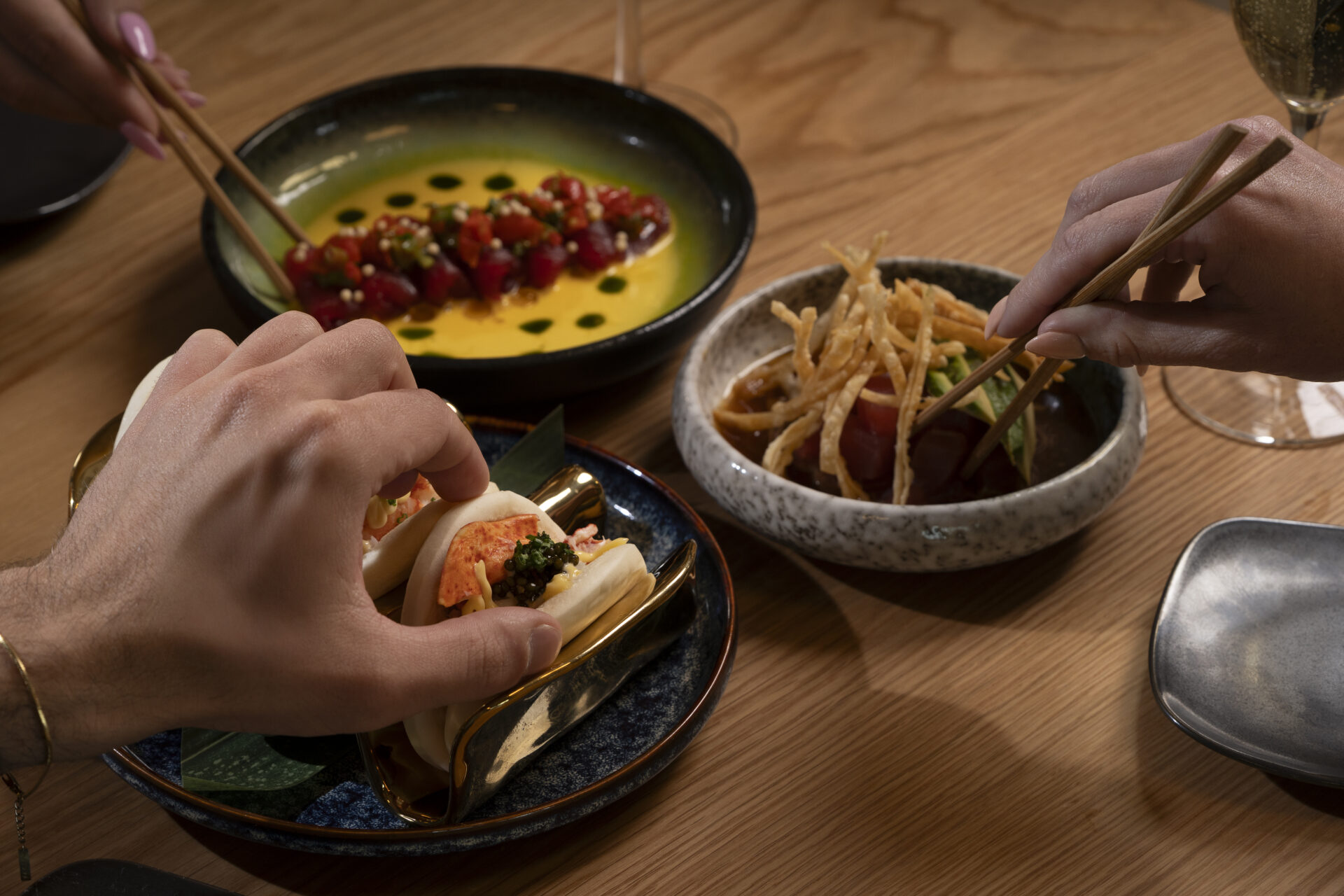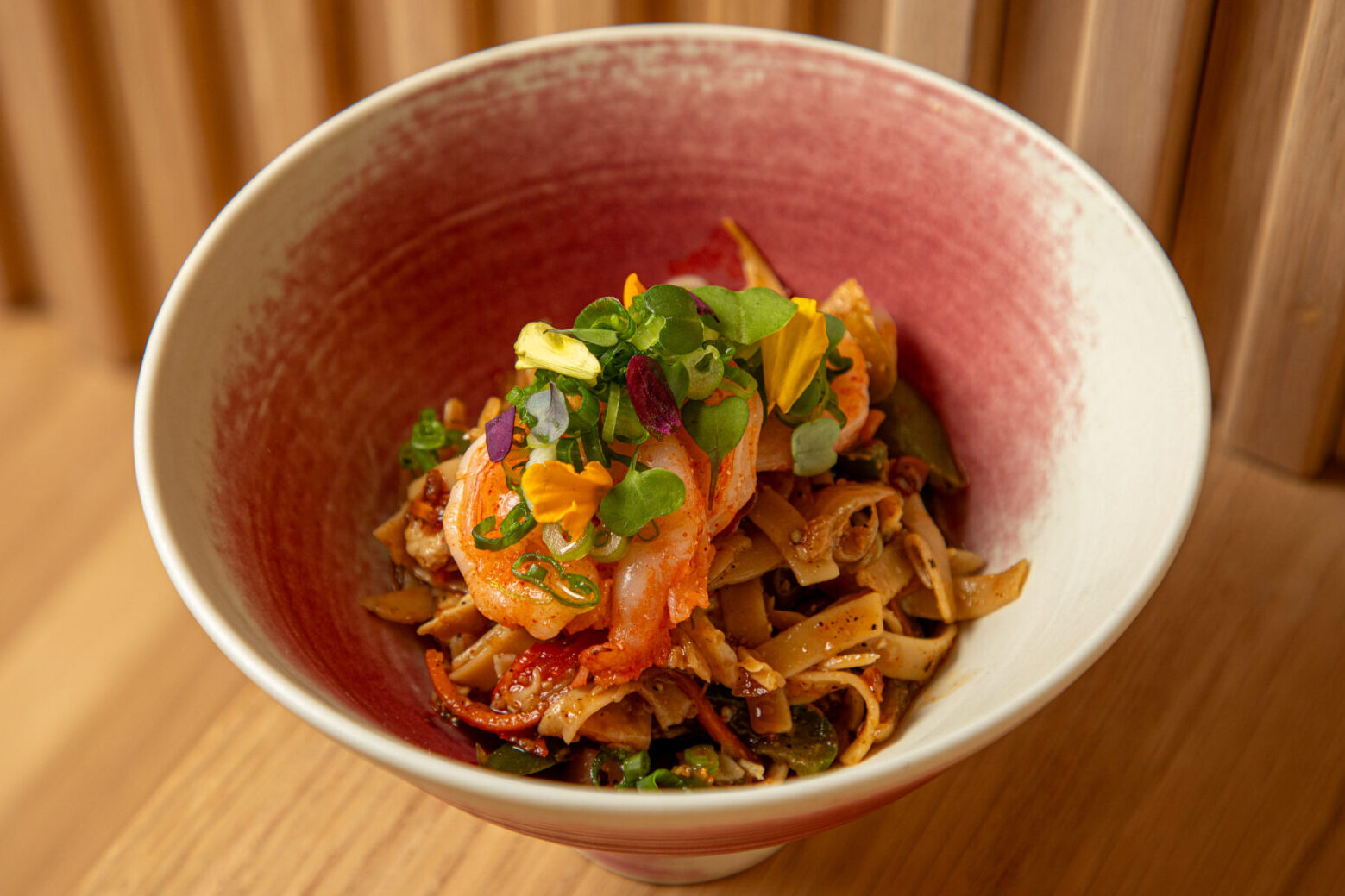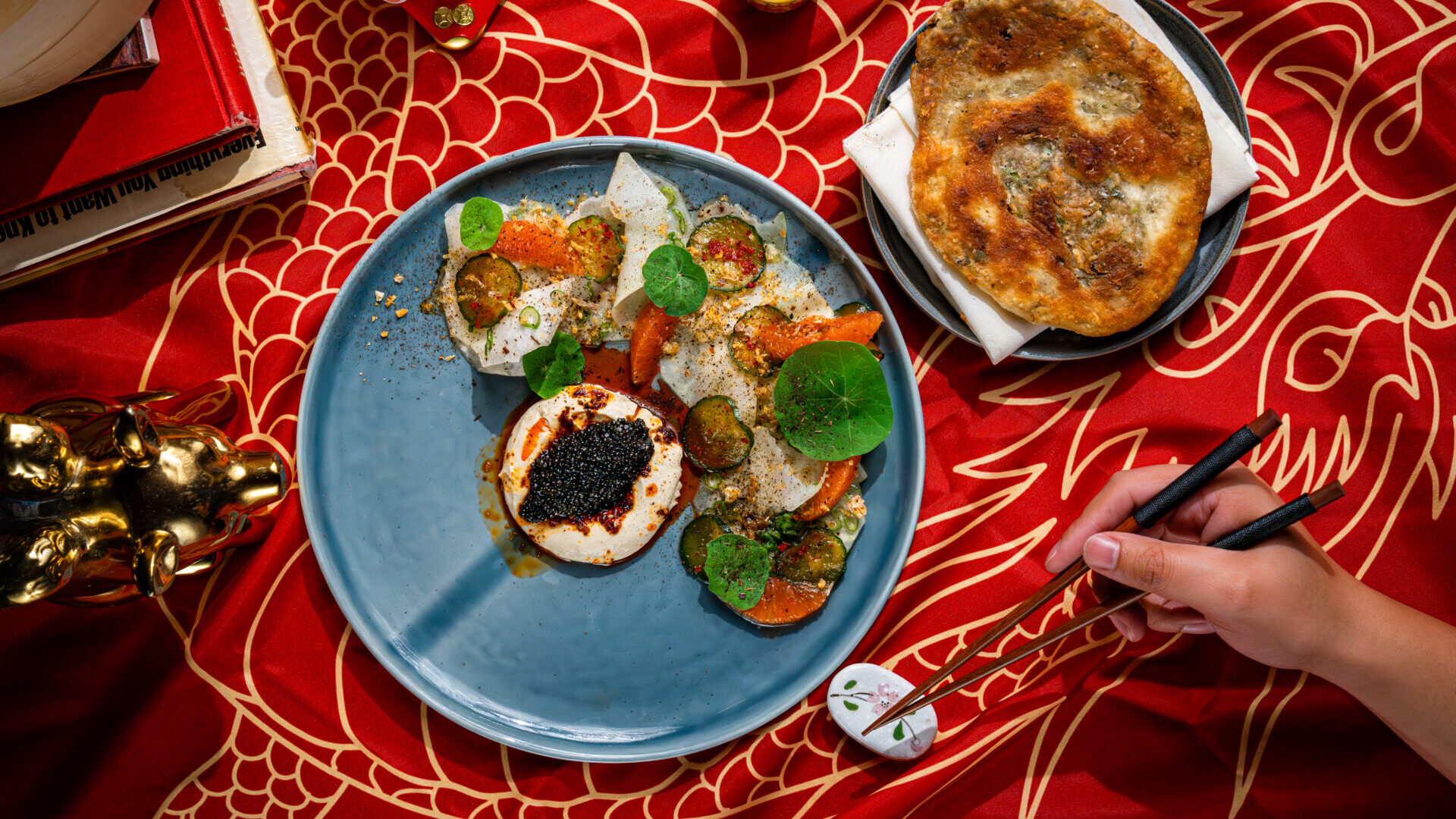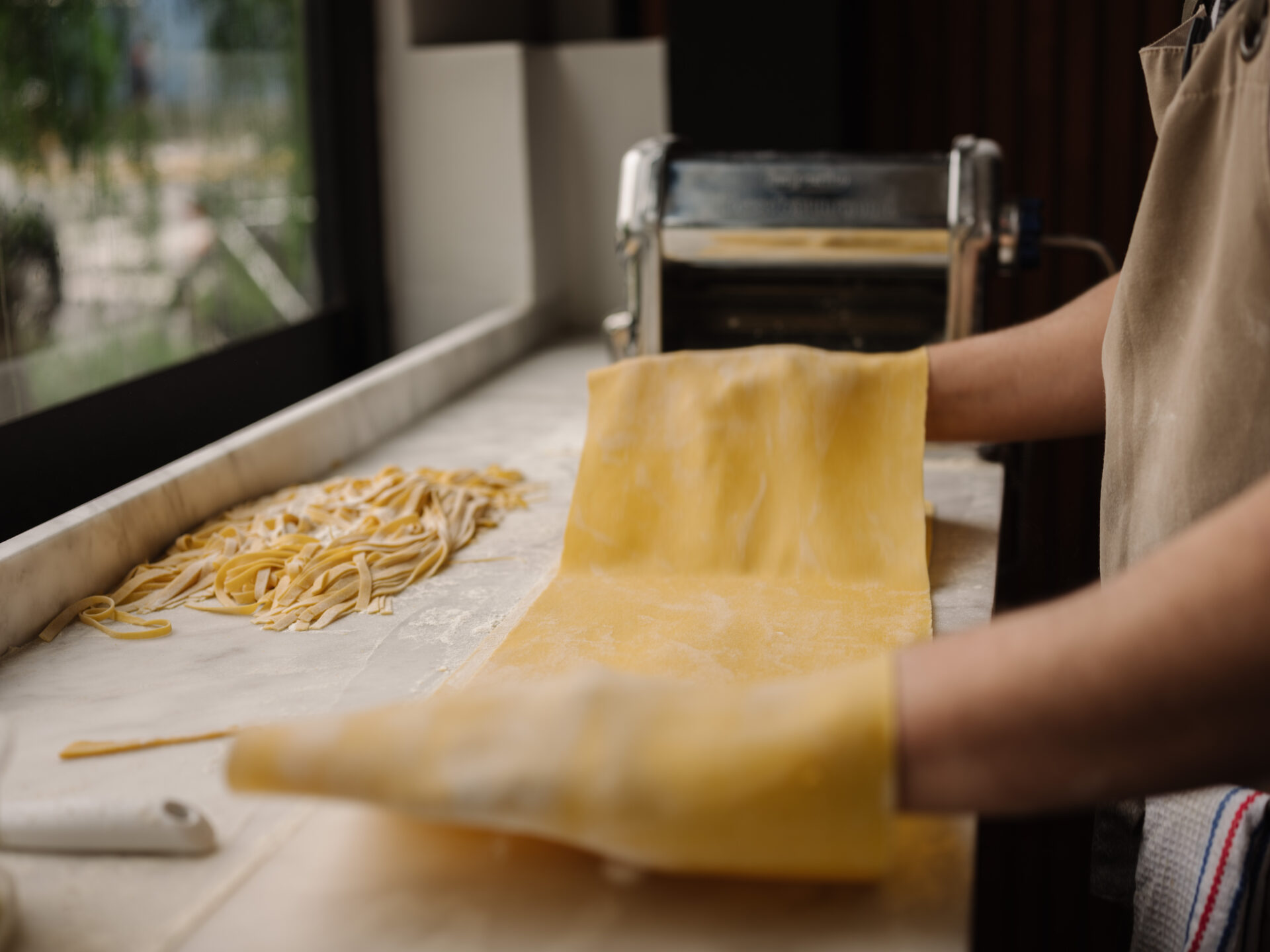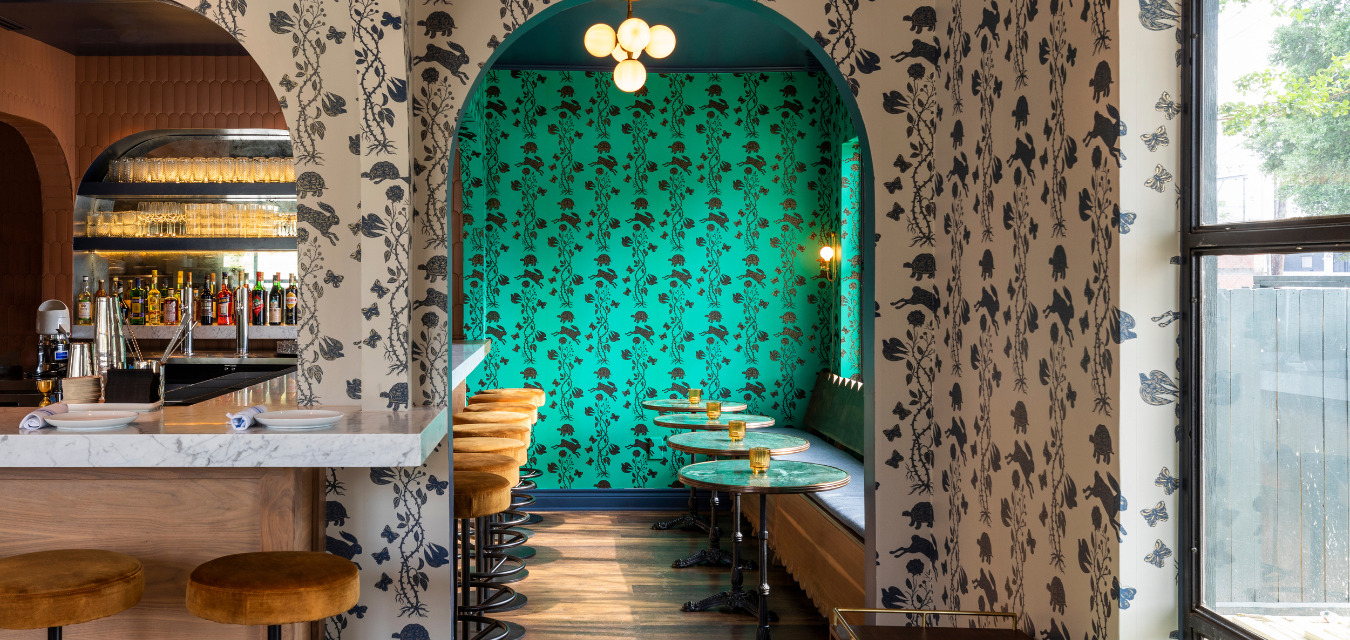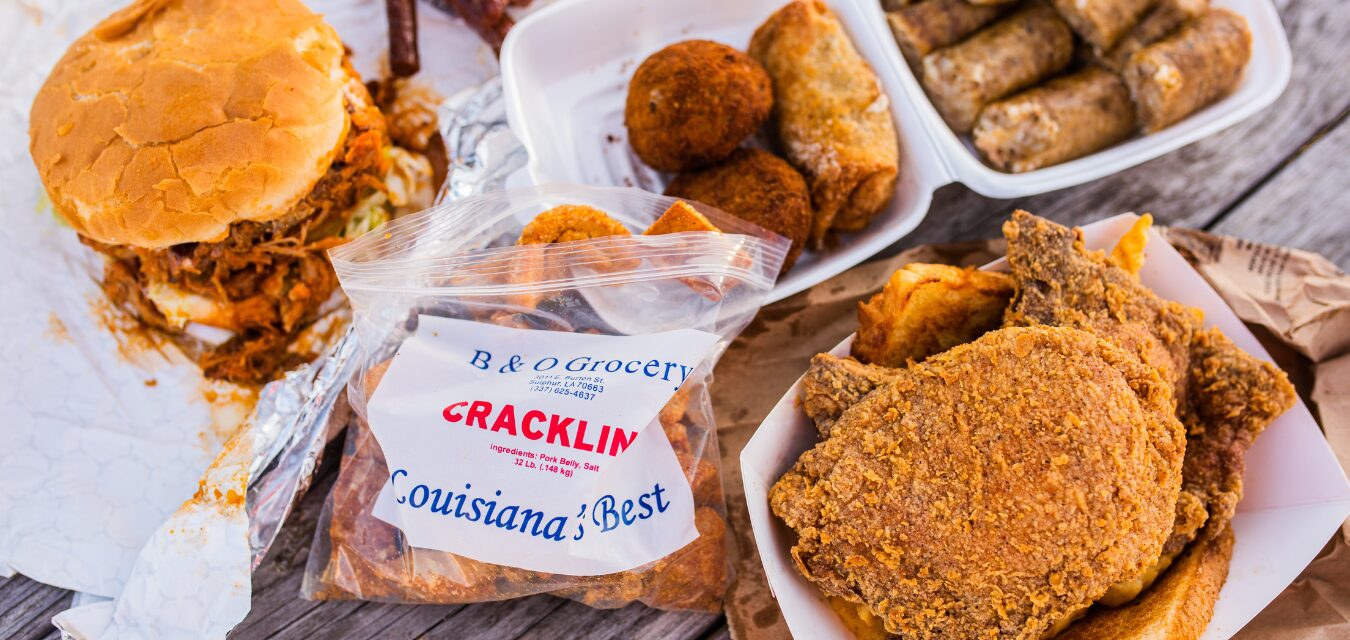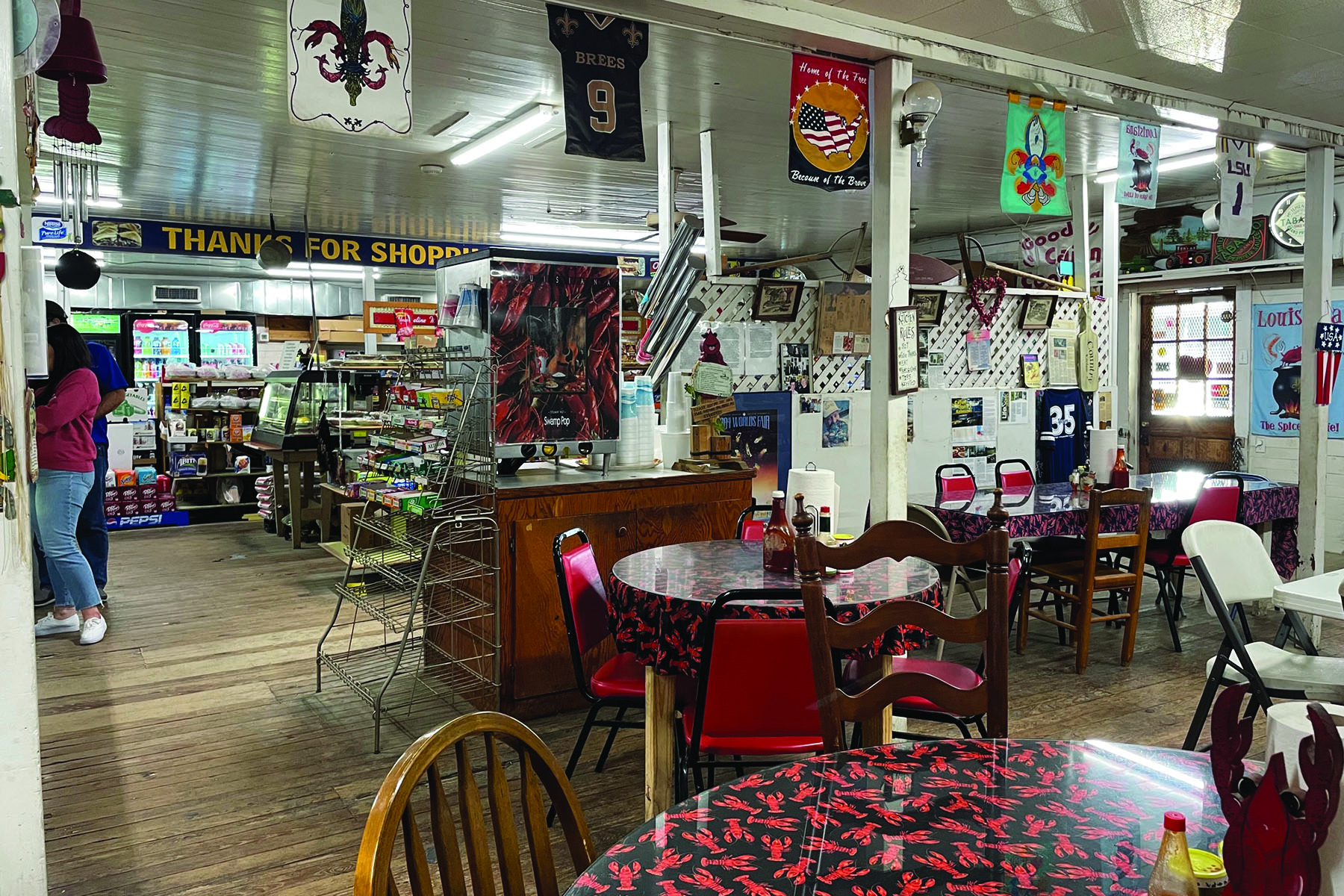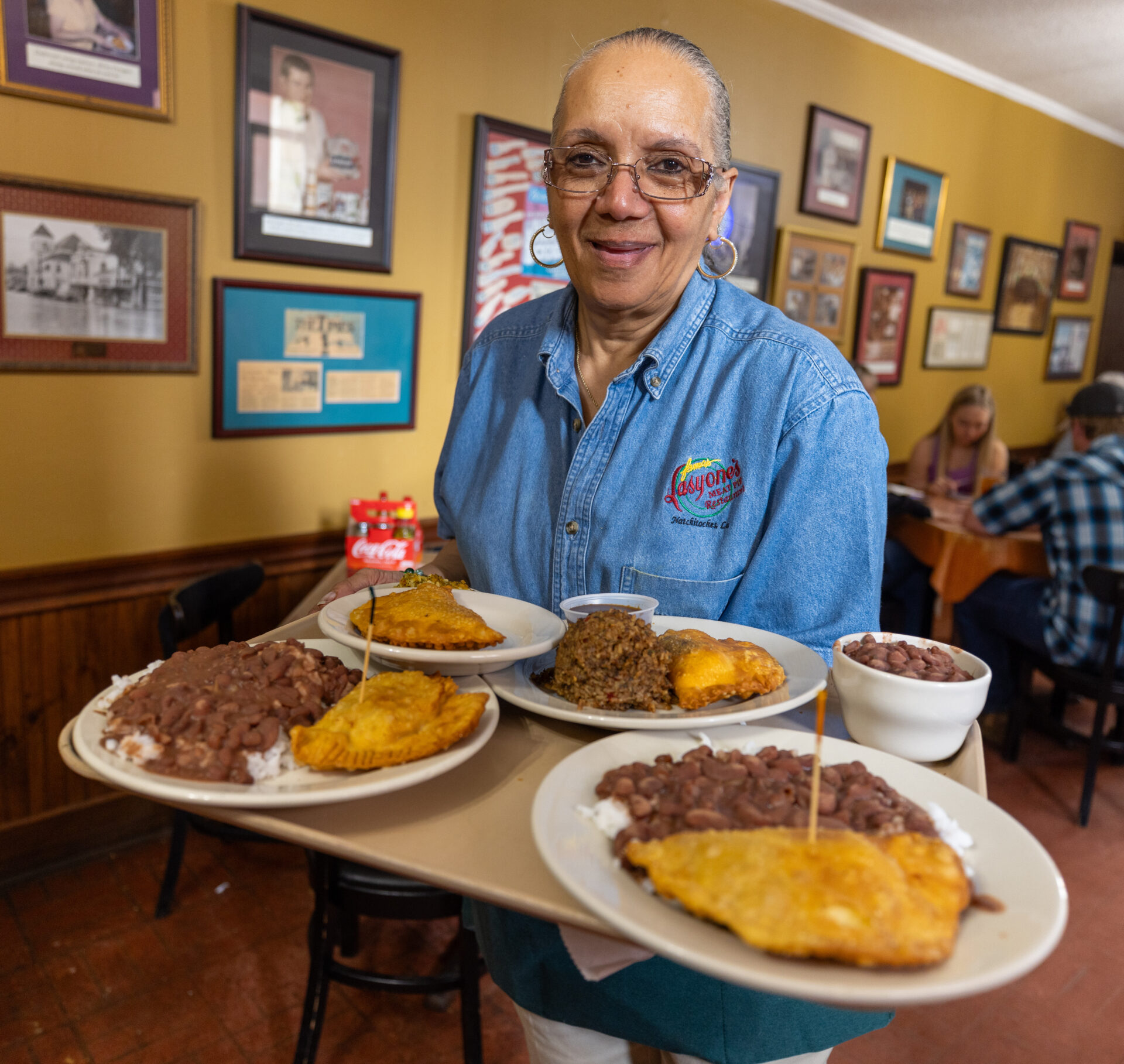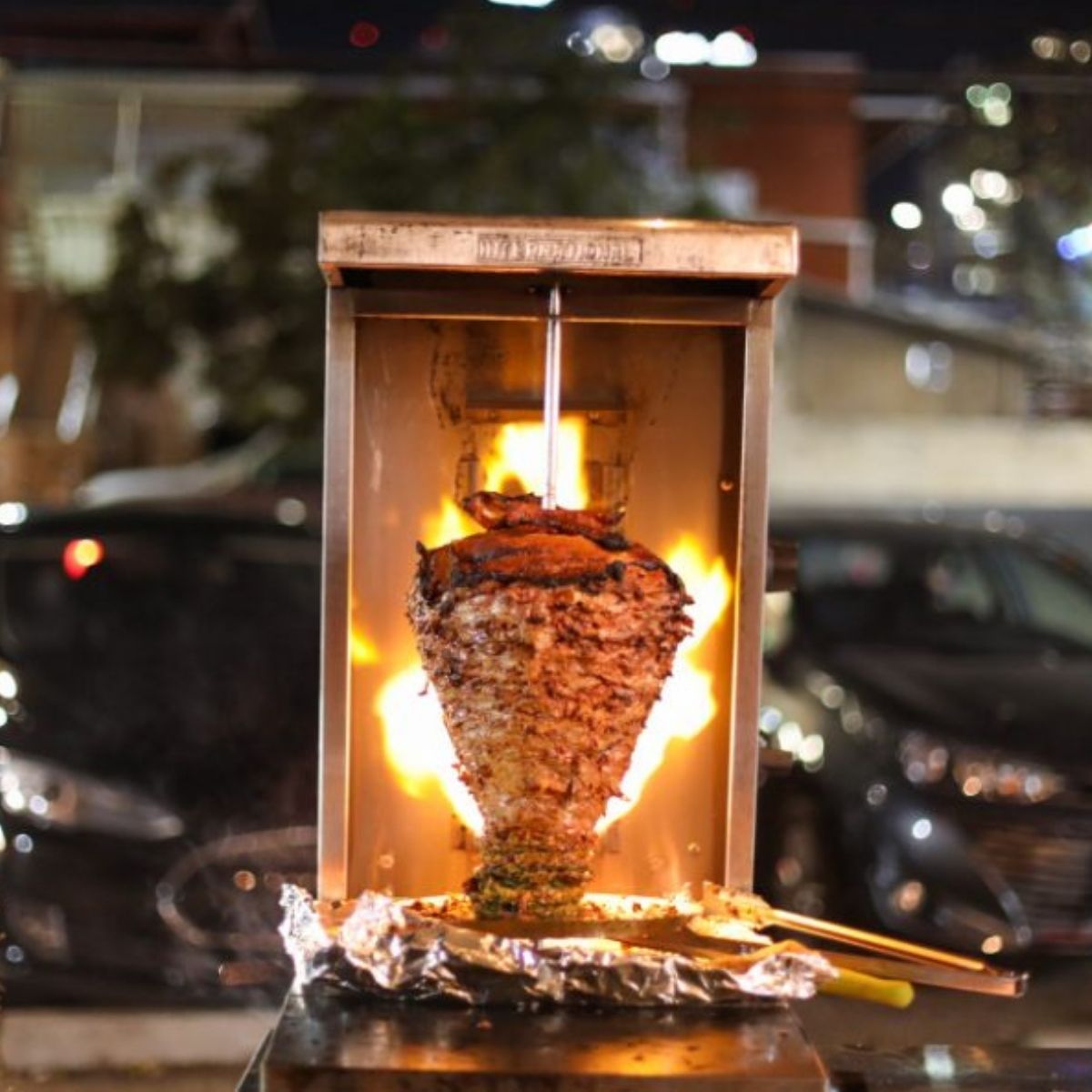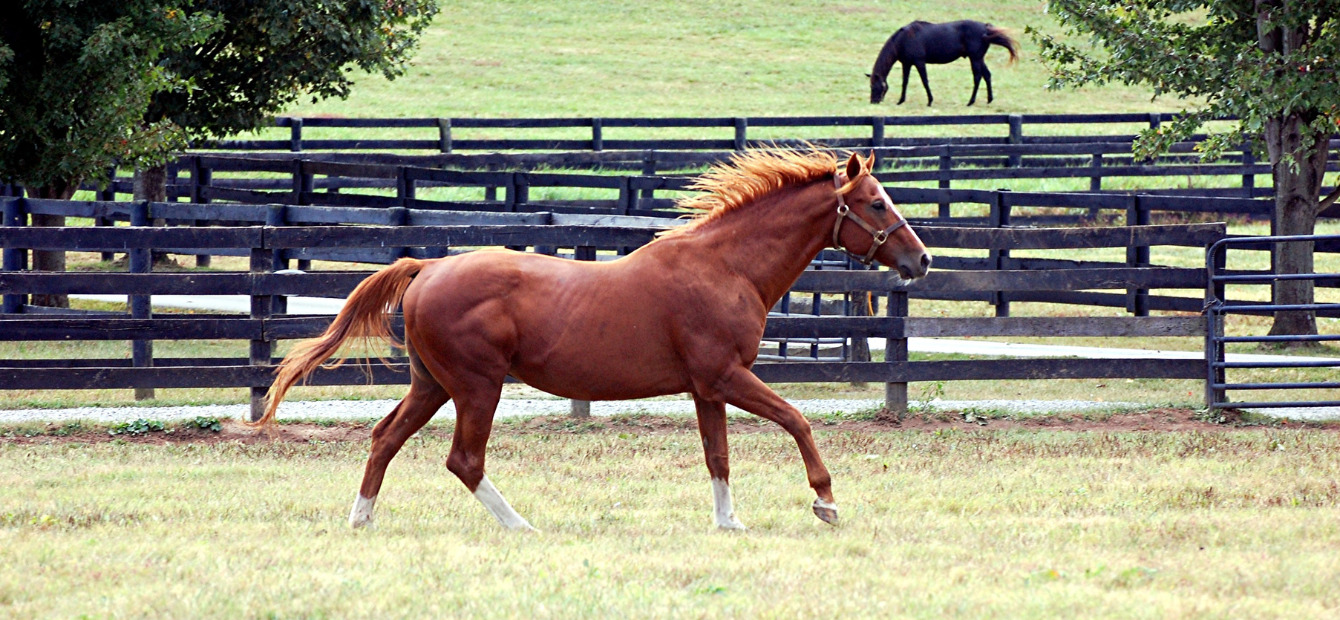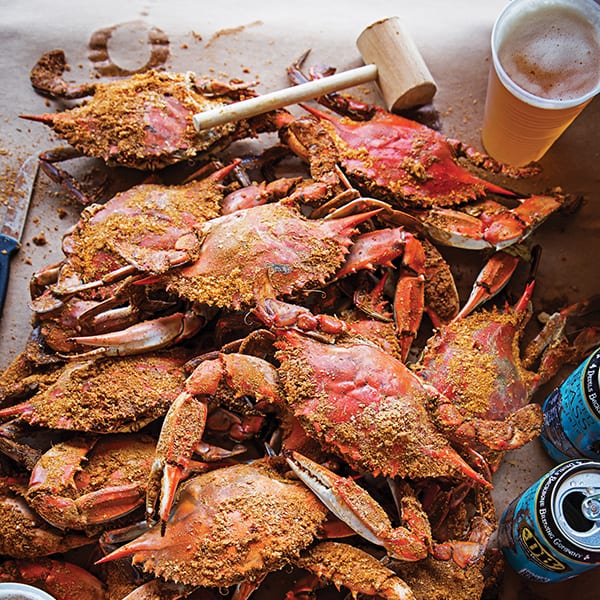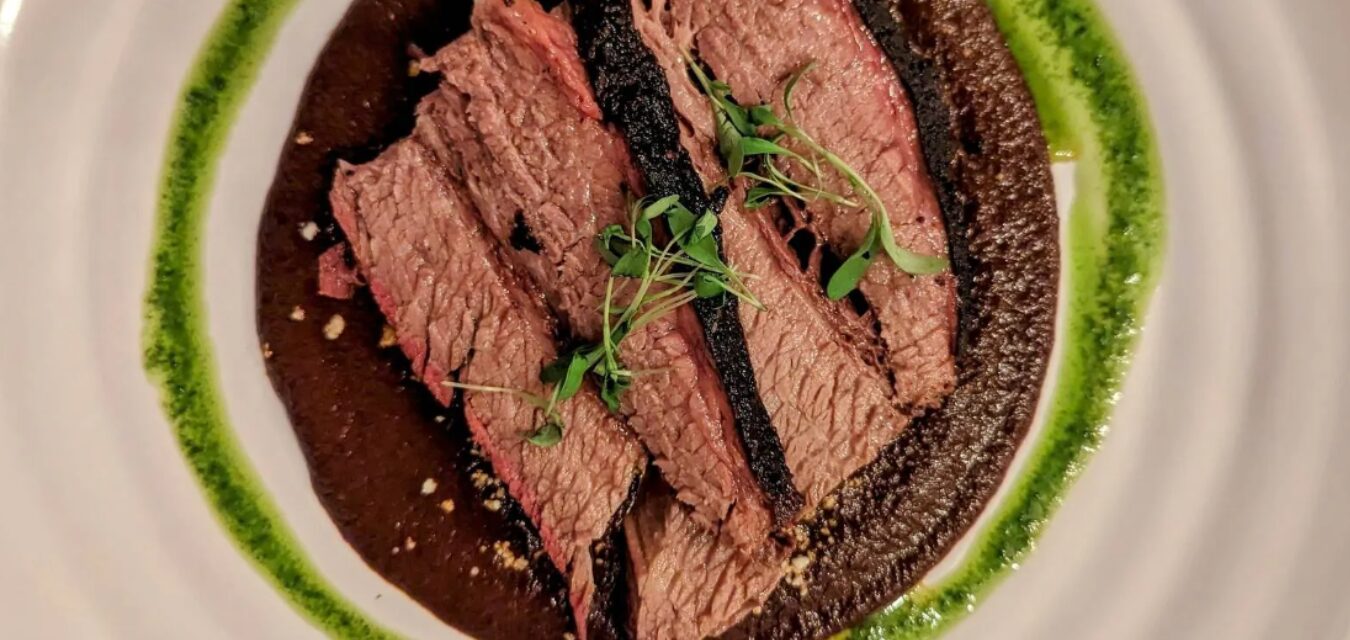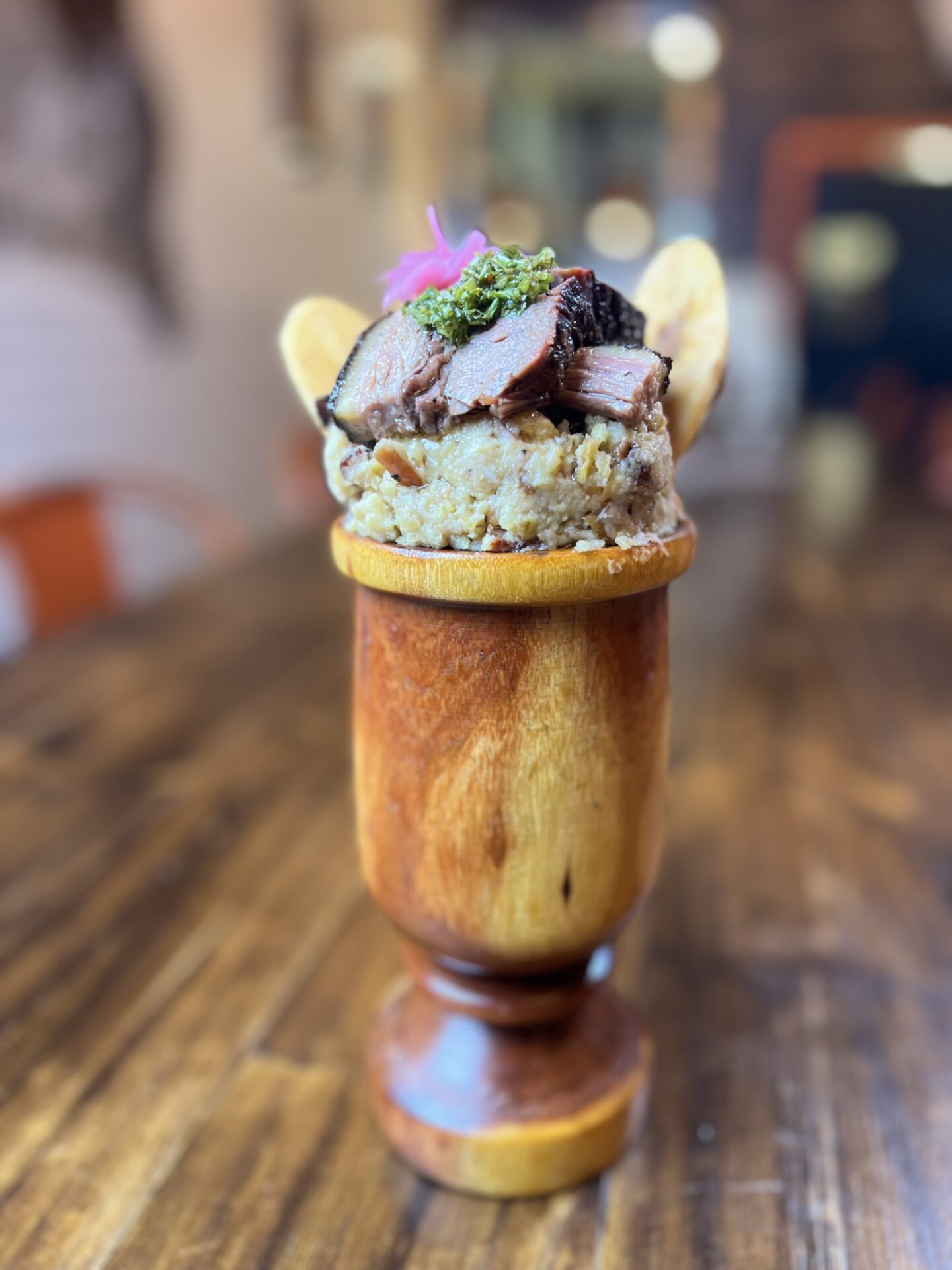Travel bite-by-bite through five parishes
Saying that 2025 is the Year of Food in Louisiana seems as obvious as crawfish swimming in a boil. Isn’t every year the year of food in the Pelican State? But we never miss a chance to take in Louisiana’s culture, geography, heritage, and customs through a culinary lens. While gumbo was made the official state dish in 2004, there are many other iconic dishes that inspire adoration and fandom. Here are some of the state’s top bites from parish to parish, each reflecting something special about Louisiana. These iconic dishes add up to Louisiana’s magnificent, moveable feast.
Caddo Parish
Stuffed Shrimp
You haven’t tasted stuffed shrimp until you’ve tried the original Louisiana Creole stuffed shrimp made famous in Shreveport more than 75 years ago. Always made with Gulf-caught crustaceans, the dish pairs jumbo shrimp with a zesty Creole crabmeat dressing, deep fried into a giant corn dog-sized treat, paired with a side of spicy remoulade-style sauce for dipping.
Like so many favorites that bubble up organically in a family’s cast-iron pot, stuffed shrimp is connected to multiple generations and a restaurant that first opened in the 1940s called Freeman & Harris Café. Located in the Black business district once known as The Avenue, or Mugginsville, the café was the Dooky Chase of Shreveport. Under the ownership of Van B. Freeman Jr. and his cousin Jack Harris, the restaurant became a hub for Black culture and politics. Along the way, the signature recipe for stuffed shrimp became the house specialty until the restaurant closed in 1994.
Orlandeaux’s Café builds on this long culinary legacy. In 2018, Damien Chapman, a great-great-great-nephew of the original owners of Brother’s Seafood, rechristened the restaurant as Orlandeaux’s in homage to both his uncles and his father, Orlando Chapman, who also owned the place for a while. Chapman grew up working in the café with his father and grandfather. Orlandeaux’s, his Cajun twist to his dad’s name, continues the elders’ tradition of serving homestyle dishes like smothered chicken liver, crawfish étouffée, and of course, stuffed shrimp, a dish that’s become a city-wide specialty in Shreveport.
More Places to Eat Stuffed Shrimp:
Jefferson Parish
Viet-Cajun Seafood Boil
While the traditional Creole-spiced boil may always prevail, the Viet-Cajun seafood boil phenom is only getting stronger. The blend of flavors was first credited to the Vietnamese community in Houston post-Katrina—which means there were New Orleanians in that number. The trend reverse-migrated to Louisiana as folks made their way home.
Jimmy Nguyen’s popular restaurant, Crawlins Seafood, is in Terrytown on the West Bank, 20 minutes from the New Orleans Central Business District. Nguyen, a New Orleans native, first tasted the Viet-Cajun boil in Houston. His garlic parmesan sauce and particular boil spicing landed his version in Pepsi’s Super Bowl Boil Showdown, a pre-game boil-off in Woldenberg Riverfront Park in the French Quarter in 2025. Out of nine contestants, he and Mr. Shrimp’s founder, Larry Thompson Jr., made it into the finals, with Thompson snagging first place with his Creole-style boil.
The mashup of Asian and Louisiana ingredients is popular in Vietnamese-owned mom-and-pop corner stores and seafood restaurants on both sides of the Mississippi, in New Orleans, Baton Rouge, and beyond. “Every restaurant has their own slightly different flavor profile,” Nguyen says. Although his exact spice blend is top secret, fans may detect notes of lemongrass, ginger, and garlic with cayenne, paprika, thyme, and bay leaf. Butter always carries the flavor, no matter what else might be in the mix.
More Places for Viet-Cajun Boil:
Vermilion Parish
Turtle Sauce Picante
If sisters Lisa Frederick and Joan Suire messed with the Friday plate lunch special at their family-owned grocery and restaurant, Suire’s (rhymes with beers), there would certainly be a dining insurrection.
As the sign on the wall says, “If you want country cooking, come to the country.” And every Friday, regulars line up for a plate packed with turtle sauce picante (piquante in French), an irresistible stew of locally caught turtle meat cooked low and slow for hours in a russet-brown gravy flavored with tomato, onion, bell pepper, and just the right amount of spice. The sisters serve the specialty over rice accompanied by a piece of fried fish, homemade potato salad, bread, and a slice of cake, all for just $16.49. This dish is so popular it’s also carried frozen, giving home cooks the chance to replicate the Suire’s experience.
Both Creole and Cajun cooks use the term sauce picante (though spellings vary) to describe a spicy, tomato-based sauce that smothers some kind of protein, served over rice. It’s not fast food—it takes time to simmer strips of savory, slightly chewy turtle meat. It’s something the sisters have been doing every Friday for more than 25 years.
Suire’s turns 50 next year. It was 1976 when Newtown “Bea” Suire and his wife, Mary, took over what had been a modest grocery in this small hamlet west of Abbeville, the parish seat. The simple white clapboard building has grown into a hopping lunch spot, with catfish, gator, crawfish, shrimp, and crab also on the menu, along with sandwiches and salad for the so inclined.
More Places to Find Sauce Picante:
Natchitoches Parish
Meat Pies
Meat pies are nothing new. Savory hand pies have been traced back 6,000 years, to the Neolithic period—a brilliant idea that has made its way into just about every culture. But in Louisiana, Natchitoches (nack-a-tish) is famous as the home of the official meat pie of the state of Louisiana since 2003. Indigenous people were eating a version of the pies when the French showed up in 1714, and the Spanish spiced things up when they arrived in 1762.
Family recipes are handed down generation to generation, with a few commonalities. The crispy pastry is usually made with shortening, not butter, and always deep fried. And inside, it’s generally equal parts ground beef and pork, spiked with ingredients like green onion, bell pepper, onion, garlic, and red pepper.
What started with cooks selling their pies from carts on the street morphed into corner stores and family-owned cafés. One legendary downhome place is Lasyone’s Meat Pie Kitchen, opened by James Lasyone in 1967. Their pies, made with an 80/20 beef-to-pork ratio, are served as a platter with sides of Cajun dirty rice, creamed potatoes or fries, vegetables, and salad. Of course, purists can order them solo, but nobody ever gets just one.
Need More Pie?
Take in the annual Natchitoches Meat Pie Festival, with dozens of vendors to taste test, a meat pie-cooking contest, and naturally, a pie-eating contest. This year’s free festival is September 19 and 20. meatpiefestival.com
Calcasieu Parish
Boudin
Drive along I-14 east to west, from Lake Charles to New Iberia, and you’ll pass a string of billboards heralding Cajun boudin, the Acadiana specialty sold at gas stations, grocery stores, and locally owned restaurants. Cajun boudin is its own thing, not related to the much differently spiced French sausage, which is either made with blood (boudin noir) or in the case of the pale boudin blanc, a mild link made with veal or chicken.
So ubiquitous it even inspired a Southwest Louisiana food trail, boudin is a khaki-colored pork sausage filled with a blend of rice and ground pork, emphatically seasoned with onions, green peppers, garlic, and cayenne pepper. It’s considered a fine snack to eat on the run, so it’s common to see locals coming out of a gas station, squeezing the stuffing from the casing directly into their mouths as they walk.
In Lake Charles, one of the best options for boudin is Guillory’s Famous Foods, a no-frills family-owned eatery famous for (as the sign says) boudin, barbecue, and cracklins. Both traditional and smoked boudin are offered in steam tables along the buffet at the front of the restaurant, along with fried boudin balls, an earthier version of arancini, plus the expected barbecue ribs, brisket sandwiches, rice dressing, and mac and cheese. The Guillorys are known as much for their Southern hospitality as they are for their boudin, a vibe that makes everybody feel like family.
For More Bites of Boudin:
Follow the Southwest Louisiana Boudin Trail, and stop at gems like Cajun Cowboy’s Store, Brown’s Neighborhood Market, Leonard’s Food Quarters, and Richard’s Boudin & Seafood Mart.
cajunboudintrail.com
Get a snapshot of Austin, Texas to sample the wide variety of foods in the downtown area. If you decide to stay a while, make a stop at some food festivals.
Lexington, Kentucky has upped its culinary game in the form of a playful downtown dining renaissance soaked in Southern charm.
Hemmed in part by the Chesapeake Bay and its tributaries that carve its lush coastline, Annapolis is a knockout of a town.




